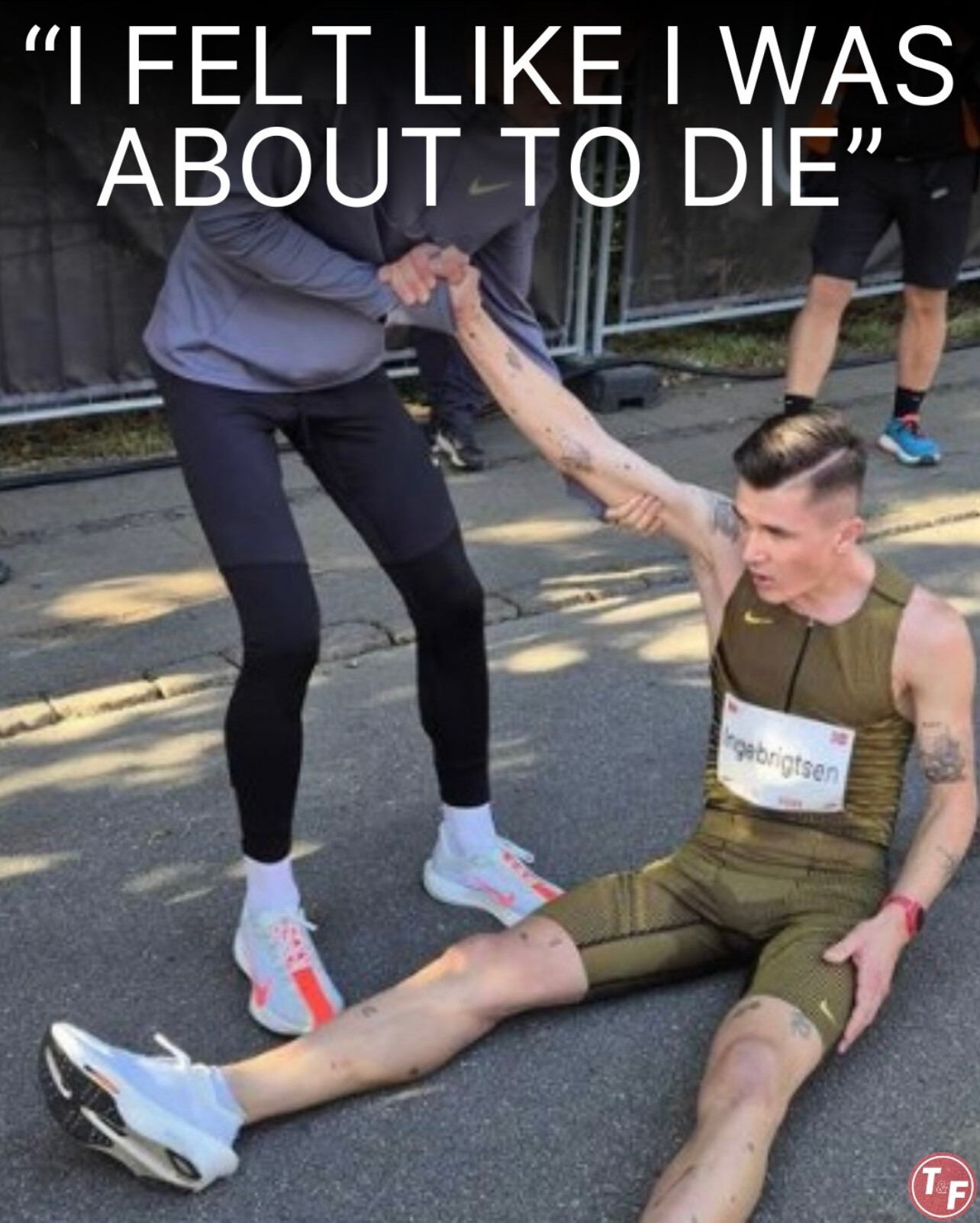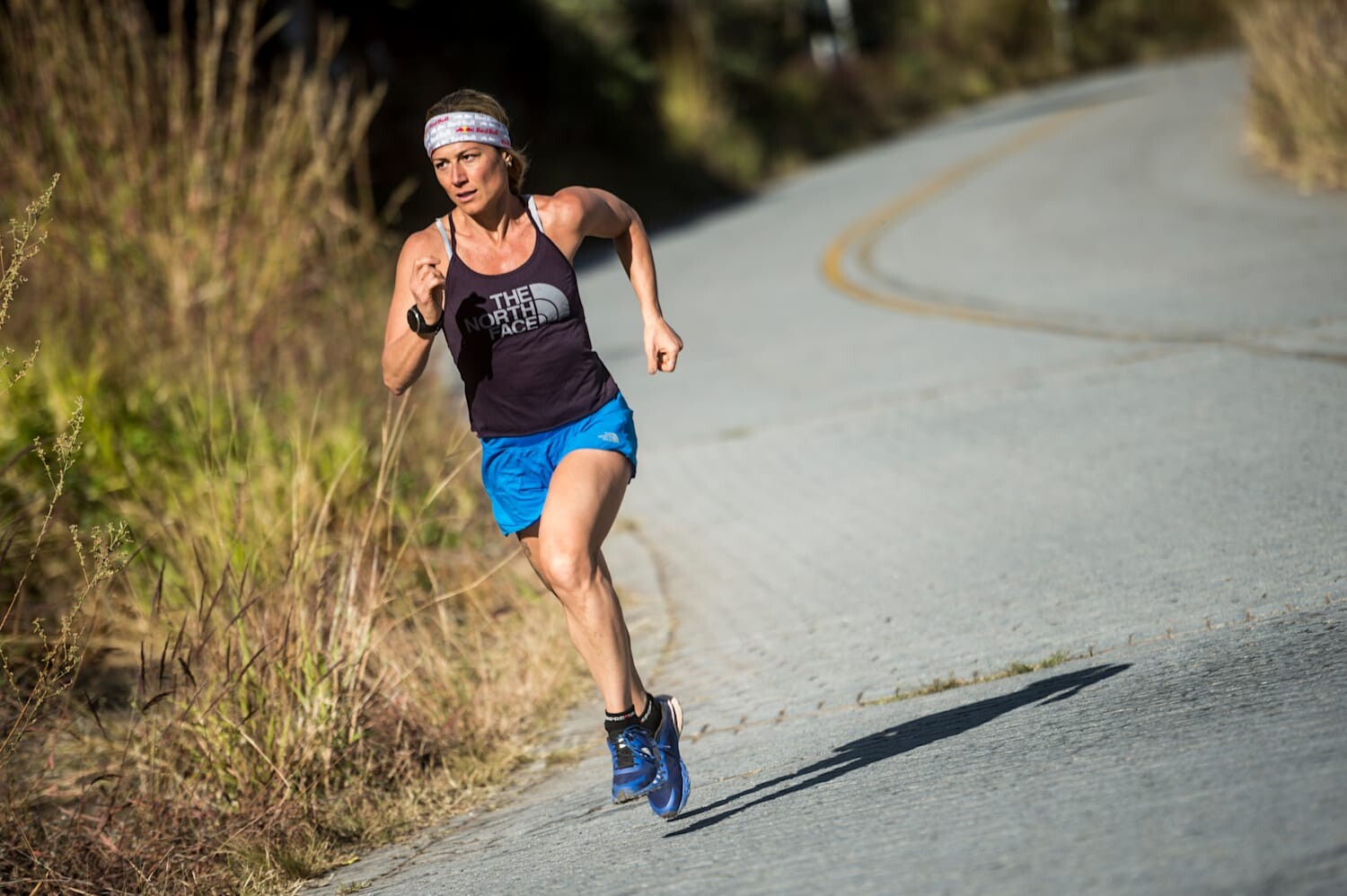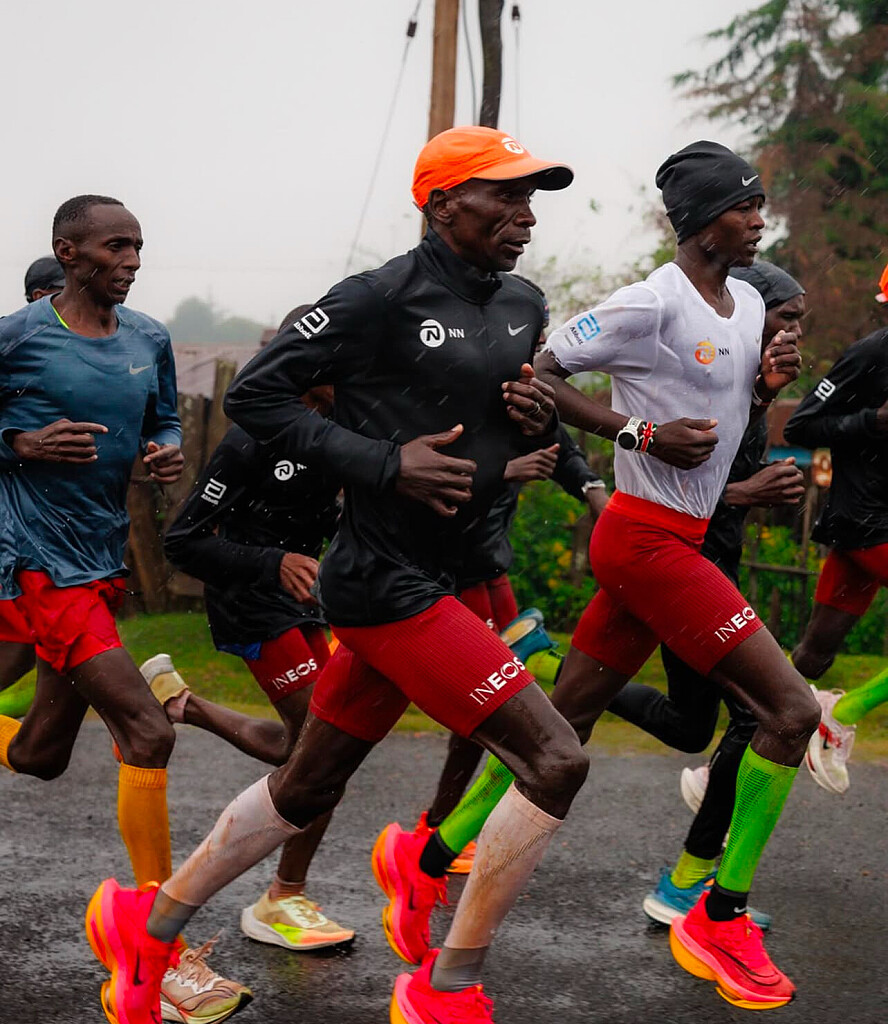Running News Daily
Running News Daily is edited by Bob Anderson. Send your news items to bob@mybestruns.com Advertising opportunities available. Train the Kenyan Way at KATA Kenya and Portugal owned and operated by Bob Anderson. Be sure to catch our movie A Long Run the movie KATA Running Camps and KATA Potato Farms - 31 now open in Kenya! https://kata.ke/
Index to Daily Posts · Sign Up For Updates · Run The World Feed
Running Outside Your Comfort Zone: How to Push Your Limits and Achieve More
Running outside your comfort zone is about pushing past your usual limits, stepping into a place of discomfort, and embracing the challenge that leads to improvement. It’s the difference between running at a comfortable, familiar pace and pushing yourself to a point where your body and mind are tested.
For an elite athlete, this means running at world-class paces that demand peak physical and mental effort. For an average runner, it means running faster, longer, or with greater intensity than they are used to—whether that’s shaving seconds off a 5K time, running a new distance, or finishing a tough interval workout.

This powerful image captures Jakob Ingebrigtsen at the absolute limits of his endurance, a moment that epitomizes what it means to push beyond the comfort zone in elite racing. Ingebrigtsen, one of the most dominant middle-distance runners in the world, is seen completely spent, collapsed on the ground, relying on assistance just to get up. His quote, "I felt like I was about to die," is not just dramatic-it's a reflection of what it takes to compete at the highest level, where the margins between victory and defeat are razor-thin.
For elite athletes like Ingebrigtsen, racing is about embracing suffering rather than avoiding it. He has trained his body and mind to withstand extreme discomfort, knowing that to achieve greatness, he must run through the pain, not away from it. This image serves as a powerful reminder that whether you're an Olympic champion or an everyday runner chasing a personal best, the only way to truly improve is to push beyond what feels comfortable and into that space where breakthroughs happen.
The key to improving as a runner is learning how to handle discomfort without giving in to it. The body adapts when it’s challenged, but only if you consistently step beyond your comfort zone.
How the Average Runner Can Learn to Push Their Limits
Many runners stay at the same pace for years because they never challenge themselves beyond their current ability. Here’s how an average runner can start running outside their comfort zone.
Run at a Pace That Feels Uncomfortable
Most runners settle into a pace that feels sustainable and manageable. To break through plateaus, introduce faster running into your routine.
Progression runs: Start slow and gradually increase your pace so that the final third of the run is at a challenging but controlled effort.
Threshold runs: Run 10-15 minutes at a comfortably hard pace, where you’re breathing heavily but still in control.
Strides and surges: Add 20–30 second accelerations at the end of easy runs to build speed without fatigue.
Train with Purposeful Discomfort
Pushing beyond your limits doesn’t mean running recklessly—it means training your body to handle discomfort efficiently.
Intervals: Short, fast efforts (e.g., 6 x 400m at 5K pace) followed by short rest periods train your body to sustain effort even when tired.
Hill repeats: Running uphill improves strength and stamina, forcing you to push through discomfort.
Long runs with fast finishes: Ending long runs at a faster pace teaches your body to keep going when tired.

Improve Mental Toughness
Running outside your comfort zone isn’t just physical—it’s mental. When your legs get tired and your breathing gets heavy, your mind will tell you to slow down. Learning to override that voice is crucial.
Mantras: Repeating phrases like “strong and steady” or “I can do this” can help override negative thoughts.
Controlled discomfort: Remind yourself that pain in running isn’t the same as injury—it’s a sign of growth.
Visualization: Picture yourself finishing strong before your run starts. Your body follows what your mind believes.
Race More Often
The best way to step out of your comfort zone is to race regularly. In a race setting, you’re more likely to push yourself harder than you would in training. Even if you’re not at peak fitness, toeing the start line forces you to test your limits.
How Elite Athletes Push Their Limits at World-Class Pacing
When watching professional runners race, it’s easy to think they make it look effortless. The truth is, they are almost always on the edge of discomfort, running at a pace that would break most runners within minutes.
World-Class Pacing and the Pain Zone
Elite runners train to be comfortable with discomfort. Whether it’s a marathoner running under five-minute miles for 26.2 miles or a sprinter giving 100% effort for just 10 seconds, they are conditioned to hold their effort at a threshold most people can’t sustain.
Marathoners like Eliud Kipchoge spend years training their bodies to maintain high speeds without breaking down. His sub-2-hour marathon (averaging 4:34 per mile) was only possible because of relentless training outside his comfort zone.
Middle-distance runners like Jakob Ingebrigtsen in the 1500m race push through extreme fatigue in the final lap, training their bodies to hold off the competition while running at speeds most runners can’t even sprint.
Mental Fortitude at the Elite Level
At the world-class level, running outside the comfort zone is as much mental as it is physical. Elite runners:
Train to tolerate pain – They expect discomfort and use it as a signal to push harder, not slow down.
Use tactical thinking – Instead of panicking when they feel tired, they focus on form, breathing, and staying in the race mentally.
Embrace suffering – They view discomfort as part of the journey, knowing that real improvement only happens when they challenge their limits.
Gene Dykes and Rosa Mota: Masters of Pushing the Limits
Some of the best examples of runners stepping outside their comfort zones come from masters athletes.
At age 70, Gene Dykes ran a marathon in 2:54:23 at the Jacksonville Marathon. His ability to continue running world-class times at an age when most runners have slowed dramatically is a testament to smart training, mental fortitude, and a willingness to embrace discomfort.
Rosa Mota, the 1988 Olympic marathon champion, continues to redefine what’s possible for older runners. In December 2024, at age 66, she ran a 10K in 38:23 at the San Silvestre Vallecana, setting a new world record for the W65 category. Even decades after her Olympic victory, she remains a fierce competitor, proving that world-class pacing and a commitment to pushing limits don’t have an expiration date.
Why Running Outside Your Comfort Zone Matters
If you want to improve as a runner—whether you're chasing a faster 5K, your first marathon, or simply becoming stronger—you have to train beyond what feels easy.
Running outside your comfort zone doesn’t mean reckless overtraining, but it does mean challenging your limits in a controlled, smart way. Whether it’s picking up the pace, racing more often, or simply not backing down when things get tough, stepping beyond what feels comfortable is where real growth happens.
Elite athletes live in this zone during competition. The average runner can train to experience it too—and that’s how true breakthroughs happen.
by Boris Baron
Login to leave a comment




